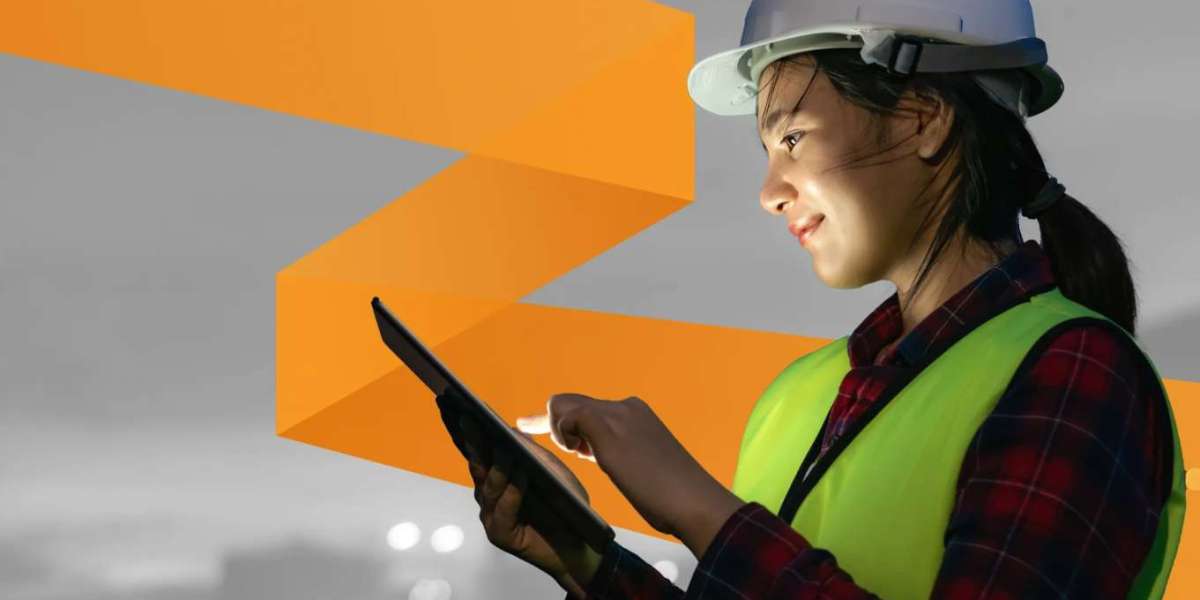As technology continues to evolve, so too do the demands placed on educational institutions to provide seamless digital experiences for students and teachers. With the advent of WiFi 7 (802.11be), a new standard in wireless networking, educational institutions now have the opportunity to enhance connectivity dramatically. This article explores the capabilities of wifi 7 for education, its benefits for education, and how it can transform the learning environment.
What is WiFi 7?
WiFi 7 represents the next generation of wireless technology, building upon the advancements made by its predecessors—WiFi 5 (802.11ac) and WiFi 6 (802.11ax). Expected to roll out widely in the next few years, WiFi 7 promises significantly improved performance, greater capacity, and reduced latency. Some of its key features include:
Multi-Link Operation (MLO): This allows devices to connect through multiple channels simultaneously, enhancing throughput and reducing latency. This feature will enable smoother video streaming and real-time collaboration tools.
Higher Throughput: WiFi 7 can deliver speeds of up to 46 Gbps, making it ideal for bandwidth-intensive applications such as virtual reality (VR) and augmented reality (AR) in education.
160 MHz Channels: WiFi 7 supports wider channels, which can accommodate faster data transmission and improved performance in congested environments.
Enhanced MU-MIMO: WiFi 7 enhances Multi-User, Multiple Input, Multiple Output (MU-MIMO) technology, allowing access points to communicate with multiple devices simultaneously, which improves efficiency in crowded classrooms.
Benefits of WiFi 7 for Educational Institutions
1. Enhanced Learning Experiences
With advanced capabilities, WiFi 7 provides educators with the tools needed to create engaging and immersive learning environments. Features such as high-speed internet, low latency, and support for high-definition content make it possible to implement:
Virtual and Augmented Reality: These technologies enable students to explore complex concepts interactively, whether it's walking through historical sites or dissecting 3D models of biological organisms.
Interactive Learning Tools: Applications that require real-time feedback, such as online quizzes and interactive simulations, become more viable with the enhanced speed and reliability of WiFi 7.
2. Increased Device Support
Modern classrooms often utilize numerous devices, including laptops, tablets, and smartphones. WiFi 7’s ability to handle several devices simultaneously without compromising performance addresses one of the primary challenges in educational settings where multiple users are connected to the same network. This adaptability ensures that all students can participate in digital learning activities without lag or interruptions.
3. Improved Network Efficiency
WiFi 7's Multi-Link Operation allows educational institutions to optimize network traffic dynamically, which can be particularly beneficial during peak usage times, such as morning classes or exam periods. Improved network efficiency reduces bottlenecks and ensures a smoother experience for students and staff alike.
4. Future-Proofing Infrastructure
Investing in WiFi 7 technology positions educational institutions to meet future demands. As digital learning continues to evolve and more devices enter the classroom, having the latest technology ensures that schools can adapt to changing needs without significant infrastructure overhauls. This forward-thinking approach helps institutions maintain their competitiveness and attractiveness to prospective students.
5. Supporting Remote Learning Initiatives
The COVID-19 pandemic has highlighted the need for effective remote learning solutions. WiFi 7 ensures that both in-person and remote learners have access to reliable internet connections, supporting hybrid learning models. High-quality video conferencing and collaborative platforms can operate seamlessly, providing a cohesive learning experience regardless of physical location.
For more details, visit us:







